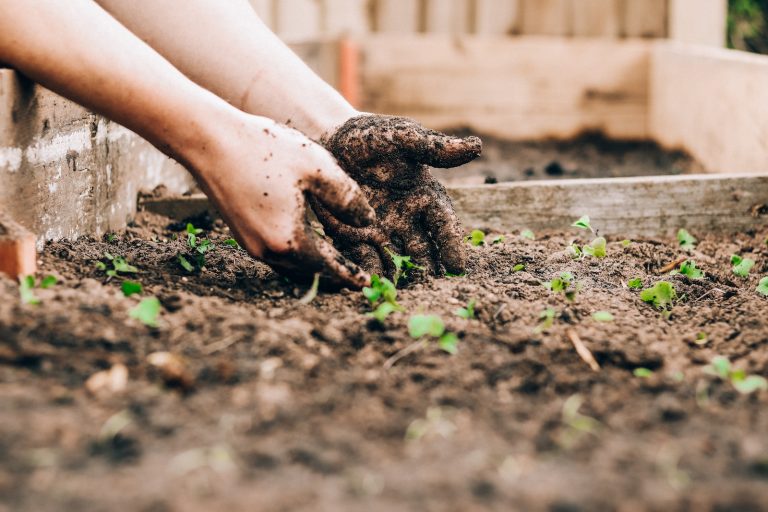As the temperatures rise, it’s time to get ready to dig in and start tackling essential spring gardening tasks. Whether you’re an experienced gardener or a novice looking for some advice, this blog post covers everything you need to know about preparing your garden for a season of growth and enjoyment.
From planning the layout of your garden to feeding the soil, our six essential spring gardening tasks will be sure to have your garden looking its best in no time!
Story Stages
1. Start planning your plantings
As the weather warms, it’s time to begin thinking about what plants you want in your garden and where they should go. This will help ensure that you have proper spacing between plants, as well as enough space for paths and seating areas if desired. Some types of plants should be separated for growing purposes.
For example, if you have a cannabis garden, you should always make sure to keep the female plants separated from the male plants. This is simply because when they are grown together, the female plants will end up producing more seed than flower.
So if flower is what you’re after, any male plants should be grown in a completely different area. If you can’t tell the difference between male and female cannabis plants, make sure to visit Veriheal to learn more.
2. Prepare the garden beds
Once you have planned out where everything will go this spring, it’s time to prepare the beds! First and foremost, clear out any debris from your garden beds such as rocks, sticks, and old plant materials. This will help prevent pests and diseases from taking root in your garden.
Next, loosen the soil by using a garden fork to aerate it. This will help your plants’ roots penetrate the soil and take up nutrients more efficiently. Once you have aerated your soil, it’s time to add some compost or other organic matter to enrich your soil.
Spread a layer of compost over your garden beds and mix it in with your garden fork. This will help improve the structure and fertility of your soil, setting the stage for a bountiful garden harvest.
3. Test and feed soil
Testing your soil’s pH level is important for ensuring that you are providing the proper environment for your plants. You can purchase a soil test kit from most gardening stores or online retailers. Follow the instructions to take a sample of your soil and test its pH levels.
Every plant grows best in a certain type of soil —whether slightly more acidic or alkaline. So depending on what you intend to grow, and the pH level of your soil, you may need to add lime or sulfur (lime to lower acidity, sulfur to raise it).
Once your soil is optimized and you know the nutritive needs of your plants, apply organic fertilizers to help them grow strong and healthy throughout the season.
4. Control weeds
Weeds are a constant battle for gardeners and can easily take over if not kept in check. To help manage weeds, use a hoe to remove them before they can flower and spread their seeds.
If you have an especially big problem with weeds, consider using mulch or black plastic as a weed barrier. Additionally, there are natural ways to control weeds such as hand-pulling them or using boiling water or vinegar sprays to kill them.
5. Put out any supports if necessary
In some cases, plants may require additional supports to help them grow tall and strong. For example, tomato plants should be staked or caged in order to provide the proper support for their fruits.
Additionally, if you are growing vining crops such as cucumbers or melons, consider setting up a trellis for them to climb up. This will help keep them off the ground and make harvesting easier.
6. Practice integrated pest management
Insects can be beneficial in the garden as they help to pollinate flowers and certain species even eat harmful pests. However, there are also types of insects that can wreak havoc on your plants.
To keep these pesky critters away, practice Integrated Pest Management (IPM). IPM is a system of pest control that utilizes a variety of methods to keep pests away such as encouraging beneficial insects and providing the proper environment for plants.
You can also use natural pest repellents such as essential oils or insecticidal soaps to help keep your garden insect-free.
Conclusion
Getting your garden ready for spring is a big job, but with some planning and hard work you can create an incredible outdoor space that will provide fresh produce and beautiful blooms all season long. As always, don’t forget to have fun and enjoy the process!
